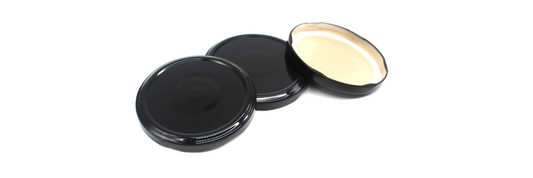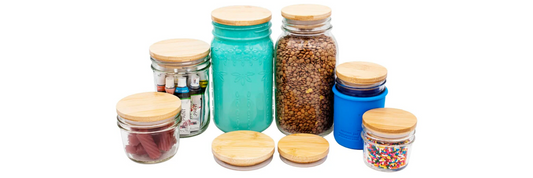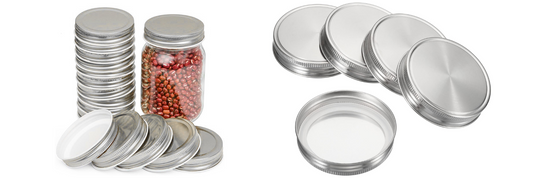Oak cutting boards stand out as a popular choice among wooden cutting boards. Known for their durability and classic aesthetic, oak cutting boards combine function and style. In this article, we’ll explore what makes oak cutting boards unique, their pros and cons, how to care for them, and answer frequently asked questions.
What is Oak Cutting Board?
An oak cutting board is crafted from oak wood, a hardwood renowned for its strength and beauty. Oak comes in two main varieties:
- White Oak: Dense and durable, with a tight grain structure that resists moisture absorption.
- Red Oak: Slightly less dense than white oak, with larger pores that make it more prone to water absorption.

White oak is typically preferred for cutting boards due to its closed grain, making it more hygienic and long-lasting in the kitchen.
Benefits of Oak Cutting Boards
Durability
Oak is a hardwood, which means it can withstand heavy use without easily denting or scratching. This makes oak cutting boards ideal for daily chopping, slicing, and dicing tasks.
Aesthetic Appeal
The natural grain patterns of oak wood, especially white oak, are beautiful and timeless. An oak cutting board can double as a serving tray or charcuterie board, adding elegance to any kitchen or dining table.
Resistance to Wear and Tear
Oak cutting boards are less likely to develop deep grooves compared to softer woods, reducing the risk of bacteria buildup.
Eco-Friendly Option
Oak is a sustainable and renewable resource, especially when sourced from responsibly managed forests.

Drawbacks of Oak Cutting Boards
Heavier Weight
Due to its density, oak cutting boards are heavier than boards made from softer woods, which can make them less convenient to handle or move.
Potential for Moisture Retention
Red oak, in particular, has larger pores, which can absorb water and harbor bacteria if not properly treated and maintained.
Maintenance Requirements
Like all wooden cutting boards, oak boards require regular oiling and proper cleaning to prevent cracking or warping.
Is Oak Good for Cutting Board?
Yes, oak—especially white oak—is a good choice for a cutting board. Its hardness ensures longevity, and its closed grain structure minimizes water absorption. However, red oak may not be as suitable due to its open grain, which can lead to moisture and bacterial issues.

How to Care for an Oak Cutting Board
Proper maintenance is crucial to prolong the life of your oak cutting board and ensure it remains safe for food preparation.
1. Cleaning After Use
- Wash the board with warm water and mild dish soap after each use.
- Avoid submerging the board in water, as this can cause warping.
- Dry the board immediately with a clean towel.
2. Regular Oiling
- Use food-grade mineral oil or a specialized cutting board oil to keep the wood hydrated.
- Apply oil every 3–4 weeks or whenever the board looks dry.
- Let the oil soak in for several hours, then wipe off excess oil with a clean cloth.
3. Avoid Extreme Conditions
- Keep the board away from direct sunlight and heat sources.
- Avoid using the dishwasher, as the heat and moisture can damage the wood.
4. Sanding and Refinishing
- Over time, you may need to sand down the surface to remove scratches or stains.
- After sanding, reapply oil to restore the board's finish and protection.
How to Clean Cutting Boards with Vinegar, Bleach and Baking Soda
Oak Cutting Board vs. Other Woods
Oak vs. Maple
- Durability: Both are hardwoods, but maple is slightly harder and more scratch-resistant.
- Grain: Oak has a more pronounced grain, while maple has a smoother appearance.
- Hygiene: Maple’s closed grain makes it slightly more resistant to bacteria than oak.
Oak vs. Walnut
- Appearance: Walnut offers a darker, richer color, while oak provides a lighter, rustic look.
- Hardness: Oak is harder than walnut, making it more resistant to dents but also harsher on knives.
Oak vs. Bamboo
- Sustainability: Bamboo is more eco-friendly due to its rapid growth.
- Durability: Oak is more robust and long-lasting than bamboo, which can chip or splinter over time.
FAQs About Oak Chopping Board
Can I use red oak for a cutting board?
Red oak is not ideal for cutting boards because its open grain structure absorbs water more easily, increasing the risk of bacteria growth.
How often should I oil my oak cutting board?
You should oil your board every 3–4 weeks or when the surface appears dry. Regular oiling prevents cracking and warping.
Can oak cutting boards dull knives?
Oak is a hard wood, so it may dull knives faster than softer woods like walnut or cherry. Using a sharp knife and maintaining it properly can mitigate this issue.
Are oak cutting boards dishwasher-safe?
No, oak cutting boards should not be placed in the dishwasher. The heat and moisture can damage the wood, causing it to warp or crack.
Conclusion
Oak cutting boards are a durable, versatile, and aesthetically pleasing addition to any kitchen. While they require regular maintenance, their longevity and performance make them a worthwhile investment. Whether you’re slicing vegetables or serving cheese, an oak cutting board provides both functionality and style.
Choose white oak for the best results, and follow proper care practices to ensure your board remains in excellent condition for years to come.









